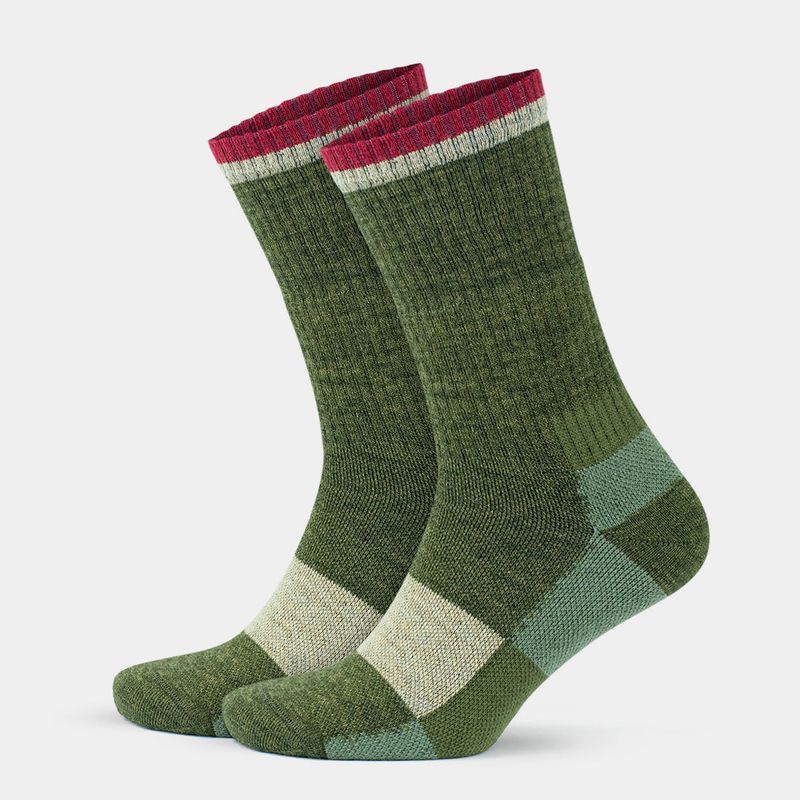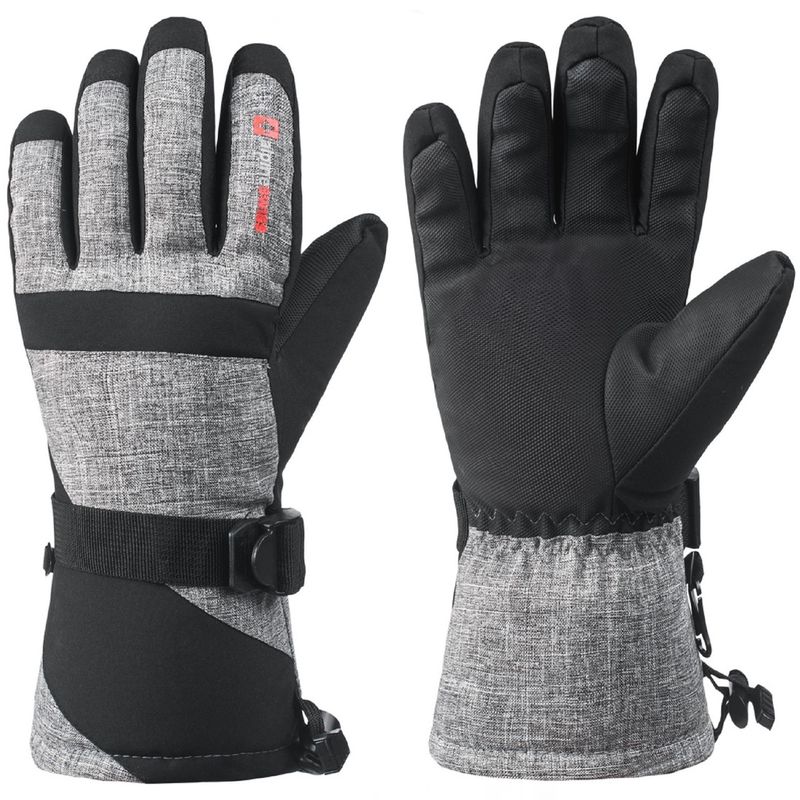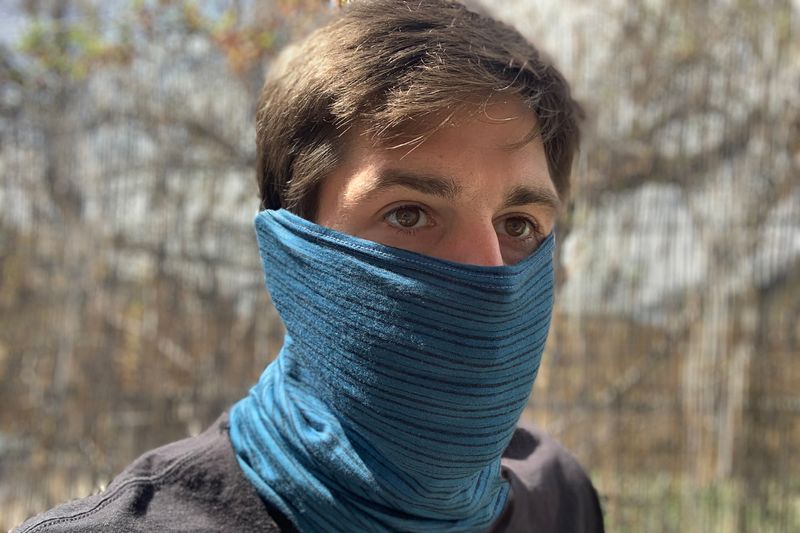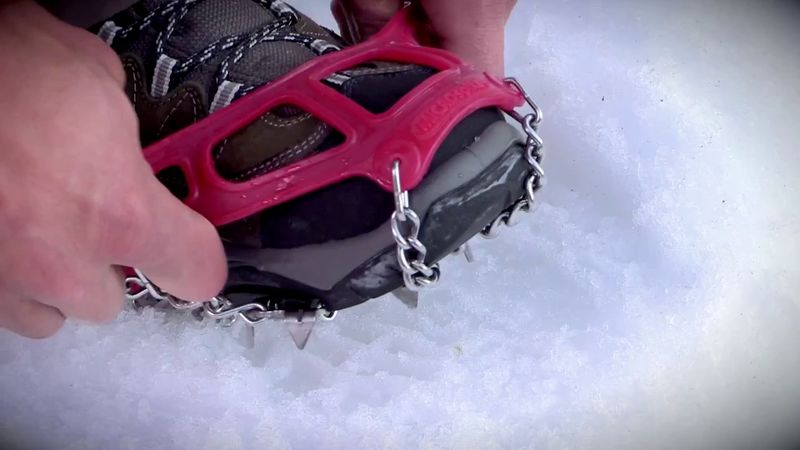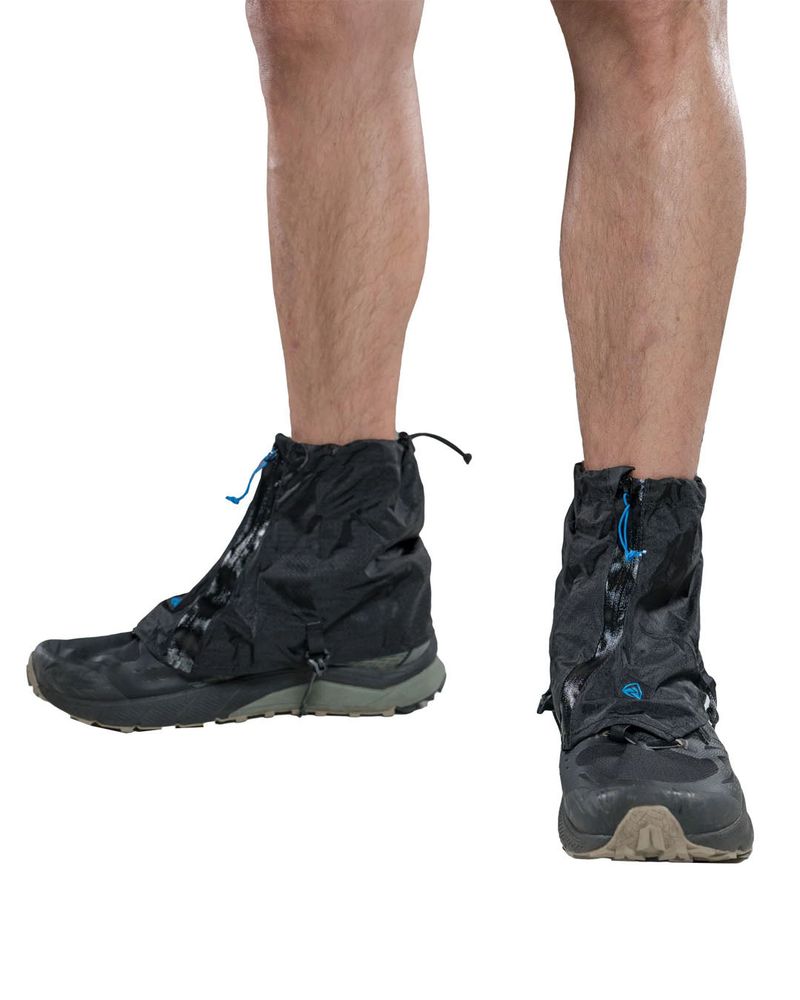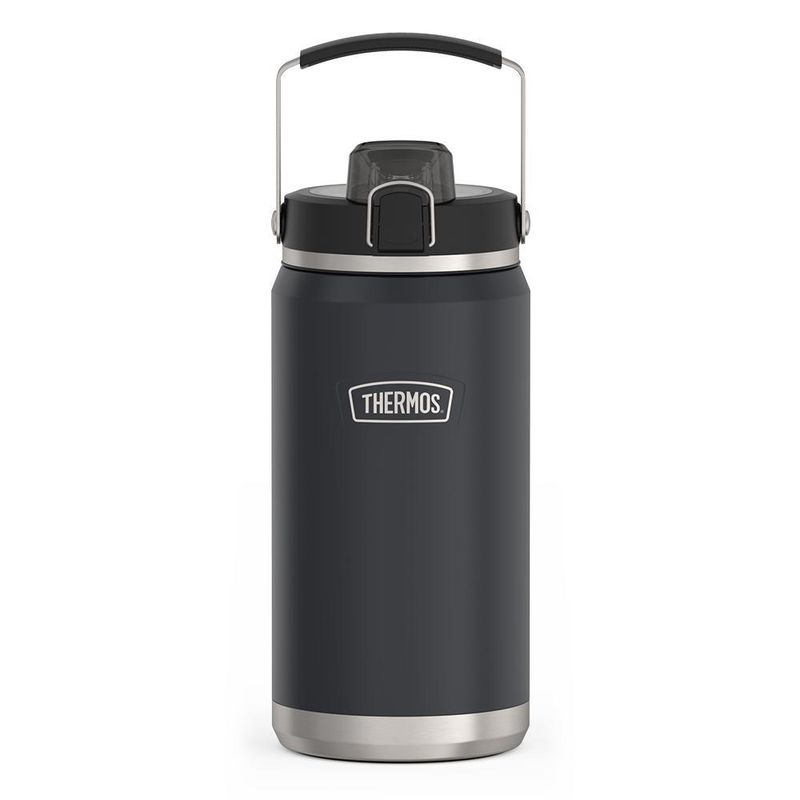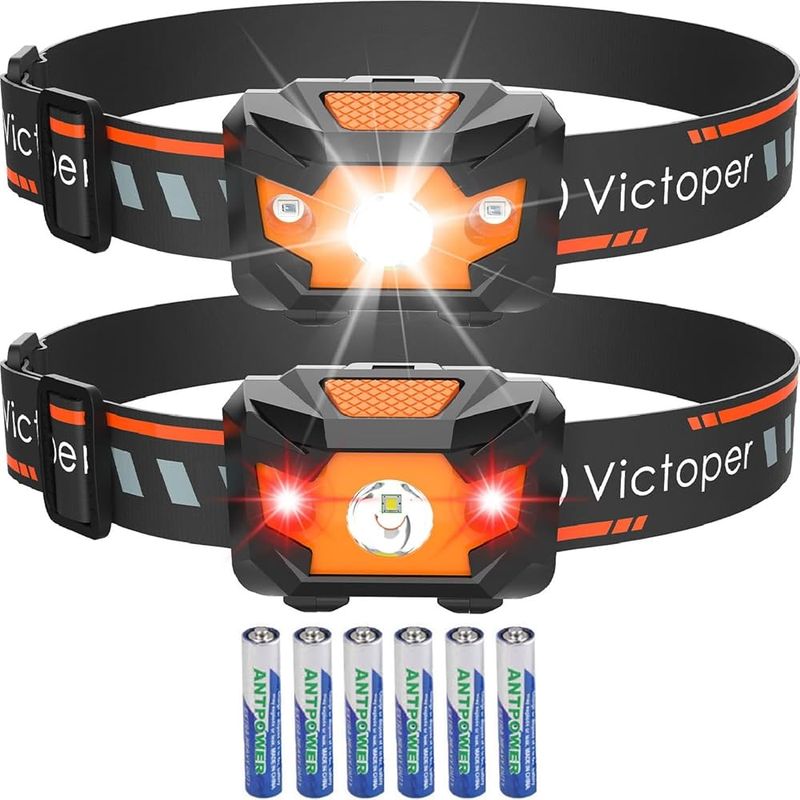Winter hiking opens up a magical world of snow-covered trails and crisp mountain air. However, cold temperatures can quickly turn an amazing adventure into a dangerous situation without proper gear. Smart hikers know that staying warm doesn’t require breaking the bank – the right affordable accessories can keep you comfortable and safe on any winter trail.
1. Merino Wool Hiking Socks
Nothing ruins a winter hike faster than cold, wet feet turning into painful ice blocks inside your boots. Merino wool socks work like magic because they keep your feet warm even when soaked with sweat or snow.
Unlike cotton socks that become useless when wet, merino wool naturally wicks moisture away from your skin while maintaining insulation. The soft fibers prevent painful blisters that often develop during long hikes.
Quality merino wool socks cost around $15-25 per pair and last for years with proper care. Your feet will thank you when you’re miles deep on a snowy trail.
2. Insulated Winter Beanie
Your mom wasn’t kidding when she said you lose most of your body heat through your head. A good insulated beanie can mean the difference between a comfortable hike and turning back early due to freezing temperatures.
Look for beanies made with fleece lining or wool blend materials that cover your ears completely. The best budget options cost under $20 and often include moisture-wicking properties to prevent that clammy feeling.
Choose darker colors that won’t show dirt easily, and make sure the fit isn’t too tight. A properly fitting beanie should feel snug without causing headaches during long hiking days.
3. Waterproof Insulated Gloves
Frozen fingers can’t grip trekking poles, operate zippers, or handle emergency situations safely. Waterproof insulated gloves protect your hands while maintaining the dexterity needed for hiking tasks.
The sweet spot for budget-friendly gloves falls between $25-40, offering synthetic insulation with waterproof outer shells. Look for gloves with reinforced palms and adjustable wrist straps to prevent snow from sneaking inside.
Mittens provide more warmth but sacrifice finger mobility, so gloves work better for active hiking. Keep a backup pair of liner gloves in your pack for extra warmth during rest stops.
4. Neck Gaiter or Buff
Wind cutting across your neck feels like tiny ice knives, but a simple neck gaiter creates an amazing barrier against harsh weather. These versatile tubes of fabric cost less than $15 and serve multiple purposes on winter trails.
Pull it up over your nose and mouth during windy sections, or wear it around your neck for basic warmth. Many hikers also use gaiters as headbands, wristbands, or even emergency bandages.
Merino wool or synthetic moisture-wicking materials work best because they don’t become stiff when frozen. Choose seamless designs that won’t chafe during long hiking days with heavy pack straps.
5. Disposable Hand Warmers
Sometimes your gloves aren’t enough, especially during rest breaks when your body temperature drops quickly. Disposable hand warmers provide instant heat for up to 10 hours and cost just a few dollars per pair.
Shake the packet to activate the chemical reaction, then slip them inside your gloves or boots for targeted warmth. They’re lightweight, take up minimal pack space, and can prevent dangerous frostnip during emergency situations.
Smart hikers buy them in bulk during off-season sales, storing extras in their winter hiking kit. They also work great for warming up water bottles or keeping camera batteries functional in extreme cold.
6. Microspikes Traction Devices
Icy trails turn confident hikers into wobbling penguins without proper traction devices. Entry-level microspikes cost around $30-50 and transform slippery surfaces into manageable terrain.
These lightweight chains with small metal spikes stretch over your existing hiking boots, providing grip on packed snow and ice. They’re much easier to use than full crampons and work perfectly for most winter hiking conditions.
Practice putting them on at home because frozen fingers make the process much harder on the trail. Store them in your pack even when conditions look good – mountain weather changes quickly and unexpectedly.
7. Lightweight Hiking Gaiters
Snow sneaking into your boots creates miserable, cold, wet conditions that can lead to frostbite. Lightweight gaiters wrap around your lower legs and boot tops, creating a protective barrier against the elements.
Budget-friendly options cost $20-35 and use waterproof materials with adjustable straps and sturdy buckles. They prevent snow from entering through the gap between your pants and boots during deep snow hiking.
Gaiters also keep small rocks, mud, and debris out of your boots during three-season hiking, making them versatile additions to your gear collection. Choose mid-calf height for winter hiking coverage.
8. Insulated Water Bottle
Frozen water bottles become useless ice blocks when temperatures drop below freezing. Insulated bottles or neoprene sleeves keep your hydration liquid and accessible throughout winter hikes.
Double-wall vacuum insulated bottles cost $15-30 and maintain liquid temperatures for hours in freezing conditions. Alternatively, neoprene sleeves for regular bottles cost under $10 and provide decent freeze protection.
Fill bottles with warm water before starting your hike for extra heat that lasts several hours. Keep bottles inside your pack rather than external pockets, and consider bringing backup electrolyte packets for energy.
9. LED Headlamp with Extra Batteries
Winter days end early, and getting caught in darkness without reliable lighting creates dangerous situations on mountain trails. A quality LED headlamp costs $25-45 and provides hands-free illumination for safe navigation.
Cold temperatures drain batteries faster than normal, so always carry extras in an inside pocket where body heat keeps them warm. Look for headlamps with red light modes that preserve night vision during map reading.
Waterproof ratings matter because snow and moisture can damage electronics quickly. Test your headlamp before each winter hike and consider bringing a backup lightweight flashlight for emergency situations.

